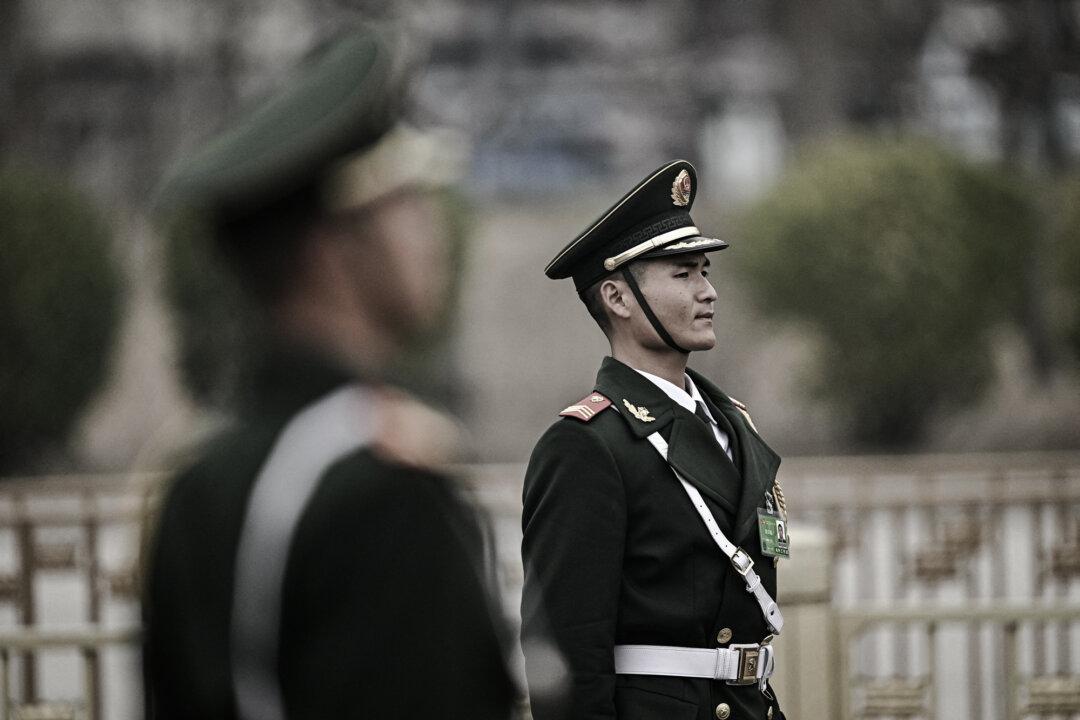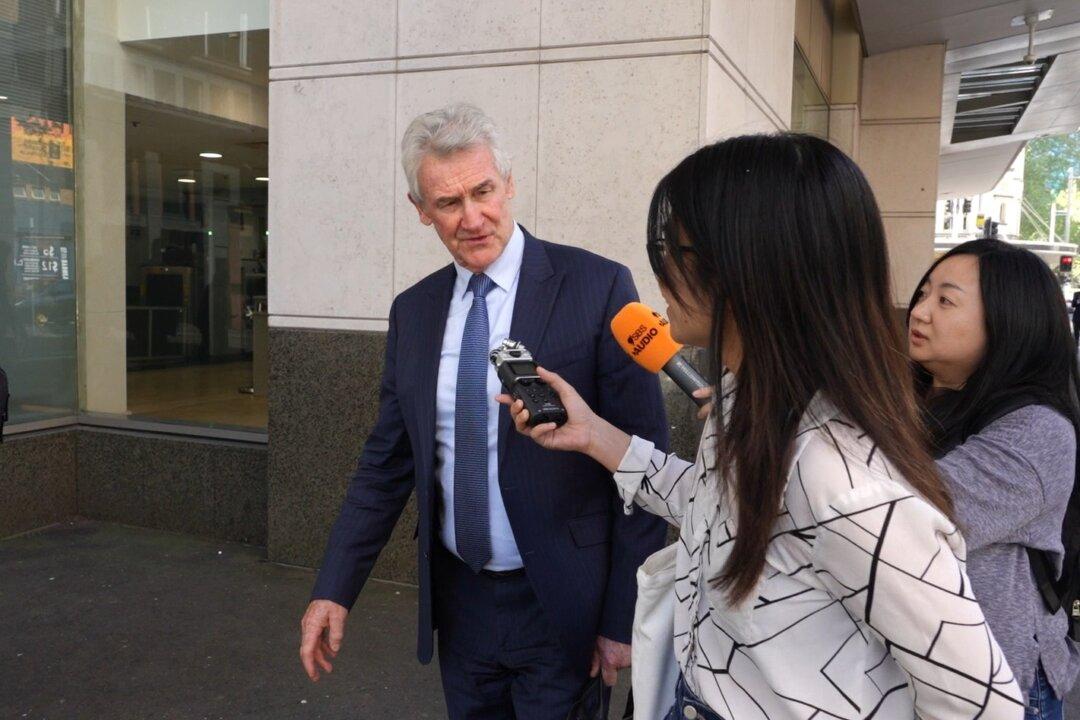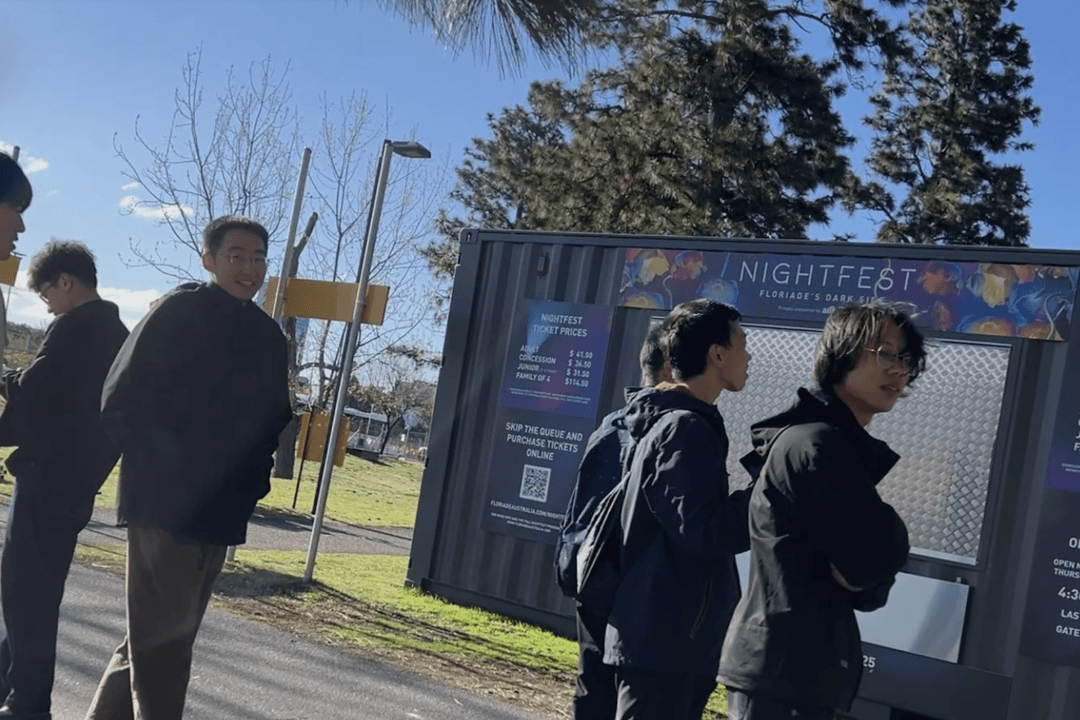Refugee applications in Australia saw a surge in May, with Chinese applicants coming in second, the latest figures from Australia’s Department of Home Affairs revealed.
According to the latest figures released, 1,896 people living in Australia have applied for onshore asylum visas, the highest number since February 2020.




